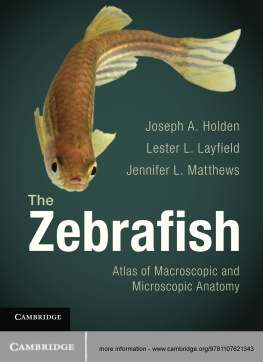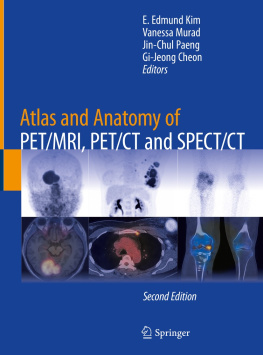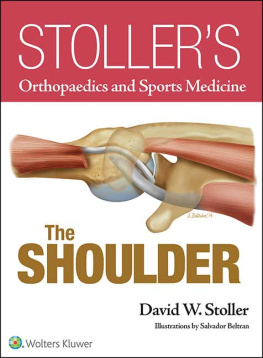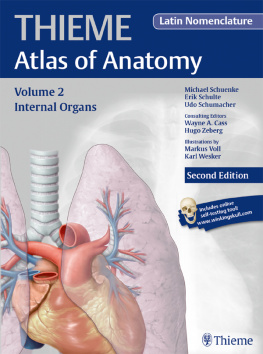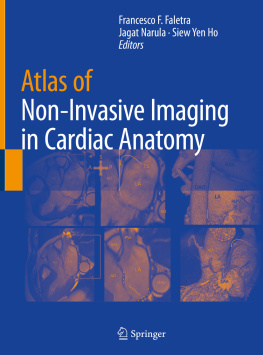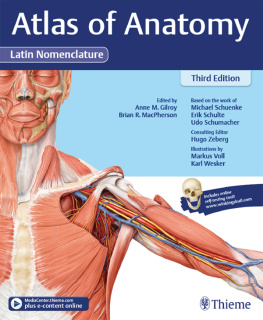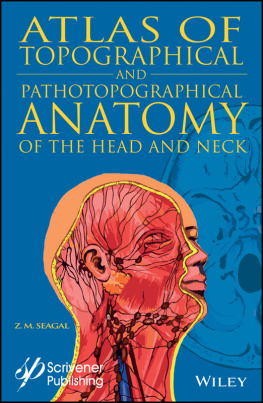
The Zebrafish
Atlas of Macroscopic and Microscopic Anatomy
The zebrafish ( Danio rerio ) is a valuable and common model for researchers working in the fields of genetics, oncology, and developmental sciences. This full-color atlas will aid experimental design and interpretation in these areas by providing a fundamental understanding of zebrafish anatomy.
Over 150 photomicrographs are included and can be used for direct comparison with histological slides, allowing quick and accurate identification of the anatomic structures of interest. Hematoxylin and eosin (H&E) stained longitudinal and transverse sections demonstrate gross anatomic relationships and illustrate the microscopic anatomy of major organs. Unlike much of the current literature, this book is focused exclusively on the zebrafish, eliminating the need for researchers to exclude structures that are only found in other fishes.
Joseph A. Holden was a member of the Department of Pathology at the University of Utah School of Medicine. His most recent interests included the development of a zebrafish model for c-kit and malignant melanoma as well as a zebrafish model for BRAF and carcinoma of the thyroid.
Lester L. Layfield is currently Head of Surgical Pathology at the University of Utah. His academic interests include fine-needle aspiration cytopathology as well as molecular diagnostic techniques for diagnosis and prognostication in a variety of malignancies. He is currently involved with developing a zebrafish model for BRAF mutations.
Jennifer L. Matthews works at the Zebrafish International Resource Center at the University of Oregon. She has extensive experience working with these animals and is an active member of the zebrafish community.
The Zebrafish
Atlas of Macroscopic and Microscopic Anatomy
Joseph A. Holden , M.D, Ph.D., Lester J. Layfield , M.D and Jennifer L. Matthews , D.V.M., Ph.D.
CAMBRIDGE UNIVERSITY PRESS
Cambridge, New York, Melbourne, Madrid, Cape Town, Singapore, So Paulo, Delhi, Mexico City
Cambridge University Press
The Edinburgh Building, Cambridge CB2 8RU, UK
Published in the United States of America by Cambridge University Press, New York
www.cambridge.org
Information on this title: www.cambridge.org/9781107621343
Lester Layfield, Jennifer L. Matthews and The Estate of Joseph Holden 2012
This publication is in copyright. Subject to statutory exception and to the provisions of relevant collective licensing agreements, no reproduction of any part may take place without the written permission of Cambridge University Press.
First published 2012
Printed in the United States of America
A catalogue record for this publication is available from the British Library
Library of Congress Cataloguing in Publication data
Holden, Joseph A., 19492009.
The zebrafish : atlas of macroscopic and microscopic anatomy / Joseph A. Holden, Lester J. Layfield,
Jennifer L. Matthews.
pages cm
Includes bibliographical references and index.
ISBN 978-1-107-62134-3
1. Zebra danioAnatomyAtlases. I. Layfield, Lester J. II. Matthews, Jennifer L. III. Title.
QL638.C94H638 2012
597.482dc23
2012014612
ISBN 978-1-107-62134-3 Paperback
Cambridge University Press has no responsibility for the persistence or accuracy of URLs for external or third-party internet websites referred to in this publication, and does not guarantee that any content on such websites is, or will remain, accurate or appropriate.
Preface
The present atlas is designed to aid basic and translational scientists who require a fundamental understanding of zebrafish macro- and micro-anatomy. Many investigators with interests in the molecular features of oncogenesis or molecular genetics and organ development have found zebrafish to be a valuable animal model for their studies. However, these investigators often lack basic training in the fundamentals of fish histology and anatomy. This book is intended to address that gap.
The present atlas makes use of H&E stained longitudinal and cross sections to demonstrate the macro- and micro-anatomy of the zebrafish. Unlike many other atlases, all the photographs in the present book are obtained from zebrafish. This is important because many species of bony fishes show considerable anatomic variation. While some bony fishes possess a tongue and a true stomach, these are absent in zebrafish resulting in significant anatomic differences. The text concentrates on elucidating the actual microscopic appearance of zebrafish. An initial chapter uses longitudinal and cross sections photographed at low or no magnification to illustrate the relationships of zebrafish anatomy. Later chapters follow an organ systems approach in which the histology at both low and high power is addressed in detail. It is hoped that this combined approach will allow investigators to quickly and accurately identify specific organs and tissues involved by neoplasms or developmental abnormalities induced by molecular genetic changes. To this end, the text accompanying the photomicrographs has been made relatively brief while a large number of photomicrographs have been included. The photomicrographs have been generously labeled for easy identification of structures within the tissue sections. Correlation of photomicrographs present in the organ-based chapters with those present in the orientation chapter should allow rapid identification of tissue structures observed in study preparations.
Interpretation of histologic slides requires the recognition of forms, organization, and location from where the tissue section was taken within the fishs body. Although color is less important in the identification of tissue type than structure, the present atlas has been photographed entirely in color to facilitate rapid identification of tissue structures. Color photographs facilitate comparison of the findings on glass slides with the photomicrographs within the atlas. It should be borne in mind that specific color hues may vary between glass slides produced by different laboratories of identical tissues and between a given laboratory and the photomicrographs present in the atlas. However, it should be remembered that differences in color between tissues within a given slide are more important than modest variations between the glass slide and the histology atlas.
The atlas is intended to be used in the laboratory as a quick reference for identification of tissues seen in H&E stained preparations of zebrafish specimens. The atlas uses photomicrographs rather than composite illustrations because the former present more practical information allowing direct comparison between illustrations within the atlas and the slide under study.
Acknowledgments
The authors wish to thank Leanna Wintch for her excellent transcription and editing of the manuscripts and pictures. The authors also wish to acknowledge the contributions of Joe Marty and Robyn Fenn for their photography of the longitudinal sections. Without the contributions of the above three individuals, this atlas and text would not have been possible.
Joseph A. Holden , M.D., Ph.D.
Lester J. Layfield , M.D.
Jennifer L. Matthews , D.V.M., Ph.D.

